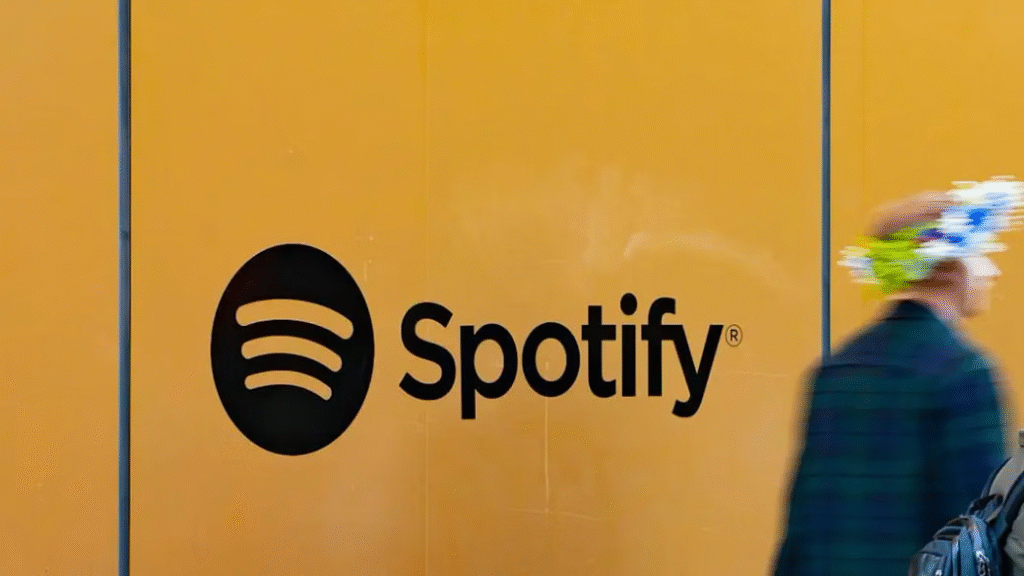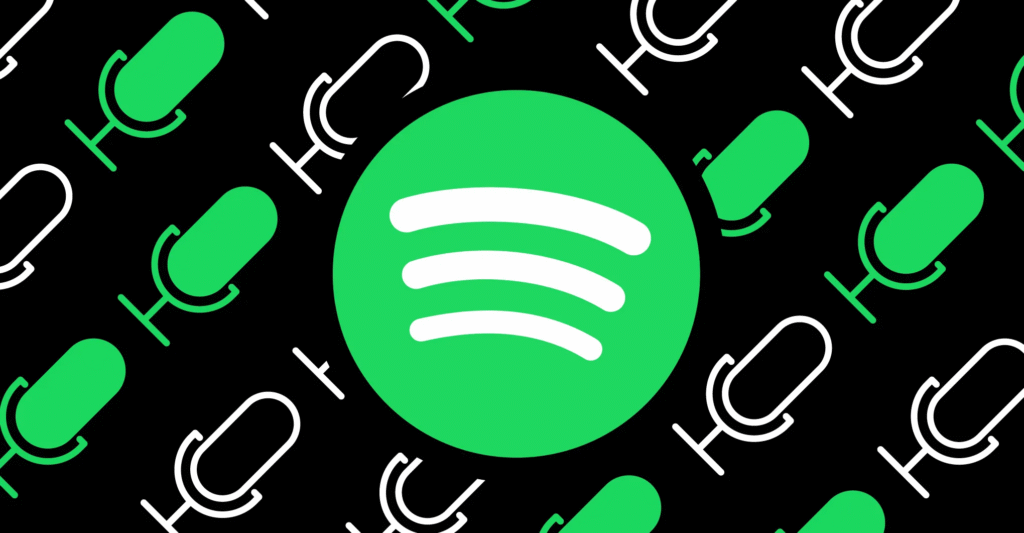Spotify is changing how it shows podcast play counts after many creators said the feature would hurt smaller shows. Last week, Spotify said it would show exact play counts for all podcasts to help creators find new fans. But podcasters quickly argued that this would make popular shows look better and hide smaller ones.
By Friday, Spotify changed its plan. Play counts will now only be displayed for podcasts that have reached at least 50,000 plays. For less popular podcasts, play counts will be rounded off to only show milestones such as 100,000 or 1 million plays. Spotify said this update will roll out soon to give creators better insights and listeners a clearer experience.

Why Podcasters Were Worried
Most podcast platforms, like Apple Podcasts, do not show exact play counts. Creators liked this because it let smaller shows grow without being compared to big ones. For example, a podcast about rare books might have a small but loyal audience. If listeners saw it had only had 500 plays, they might skip it.
Spotify thought showing play counts would help listeners find popular shows. But creators said it would make podcasting feel like YouTube, where videos with low views get ignored. Many podcasters choose the medium because it feels more fair for niche topics.
How Play Counts Work Now
Spotify’s new rules mean only podcasts with over 50,000 plays will show a count. Even then, the count will not update constantly. It will jump to milestones like 100,000 or 1 million. Smaller podcasts will not show any number, which creators say helps them compete.
However, there is still confusion about what counts as a “play.” Spotify says a play happens when someone clicks to listen. But a “stream” only counts if the listener stays for 60 seconds. Other platforms, like YouTube, use different rules. This makes it hard for creators to compare their success across apps.
The Problem with Measuring Plays
Podcasters and advertisers have struggled for years with unclear play counts. IAB recommends guidelines for listening metrics however, each company implements them in its own way. Spotify registers a play as soon as a show starts running, whereas Apple Podcasts tracks listens differently.
Because the various counting methods vary so much, it can be difficult for podcasters to really understand their true listenership. The same program could register 10,000 plays on Spotify but 30,000 on Apple Podcasts, depending on how plays are reported. Advertisers struggle to evaluate shows equally as a result.
How This Affects Small and Big Creators
Big podcasts with millions of plays, like The Joe Rogan Experience, will still stand out. But smaller creators worry that milestone counts could still make them look less popular. For example, a show with 60,000 plays would show “100K” once it crosses that mark, which might take months.
Some podcast makers believe Spotify should emphasize metrics that track how many listeners tune in. Spotify now tracks how long listeners spend with each show and shares this information with podcast pros. This could allow niche shows to show their worth, even if they don’t attract large numbers of listeners.

What This Means for Listeners
Listeners can view plays for only the most popular podcasts. People looking for what’s hot might discover the latest shows, but lesser-known treasures could get lost. Smaller show supporters are eager to show they are valuable without having to focus on reaching more people. Spotify aims to assist all podcast makers and provide listeners with valuable data. The reaction to this change demonstrates the challenges inherent in delivering both transparency and fairness in the podcasting industry.





